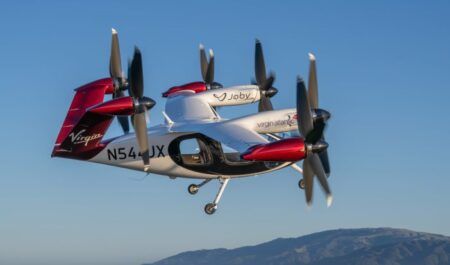A US Army Sikorsky UH-60 Black Hawk helicopter has passed a critical test in autonomous helicopter flight by successfully delivered an amphibious all-terrain vehicle (AATV) to a Florida drop zone on 27 October. After picking up the AATV, the helicopter flew 5-7km, delivering it to a specified location. The AATV (also unmanned) then traveled on a 10km route, during which it faced various chemical and biological hazards. It relayed that data back to the chopper via satellite.
The success of the autonomous missions of the Black Hawk and AATV shows a new level of robotics is emerging in the US military said a military spokesman. It also marks an important step to make the Black Hawk an optionally-manned aircraft—something Sikorsky, the company that builds the helicopter, has been working on, following an announcement last year. Since then, the company has been conducting remotely piloted flight tests and advancing its hardware-software kit, dubbed the Matrix, to allow for greater self-steering.
The Army currently has 2,500 Black Hawks at its disposal, and refashioning them to include the unmanned technology would grant military commanders greater flexibility in prioritizing manned operations: crews could focus on more ‘sensitive’ missions, while the autonomous vehicles would fulfill resupply missions without increasing fleet size.
Robert Sadowski, a roboticist for the Army’s Tank Automotive Research Development and Engineering Center (TARDEC), told Defense One, “If you can retrofit [the Black Hawks], you can do autonomous logistics when the crew is resting. It gives you the ability to have an enhanced operational tempo. It can be retrofitted across the older UH-60s. In fact, they’re trying to do that to show that it can be done.”
November 6, 2015




